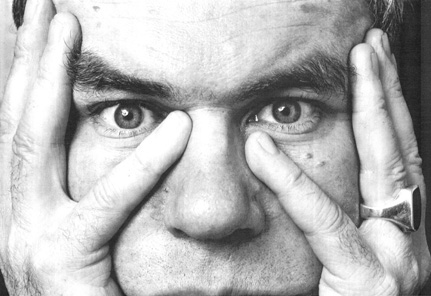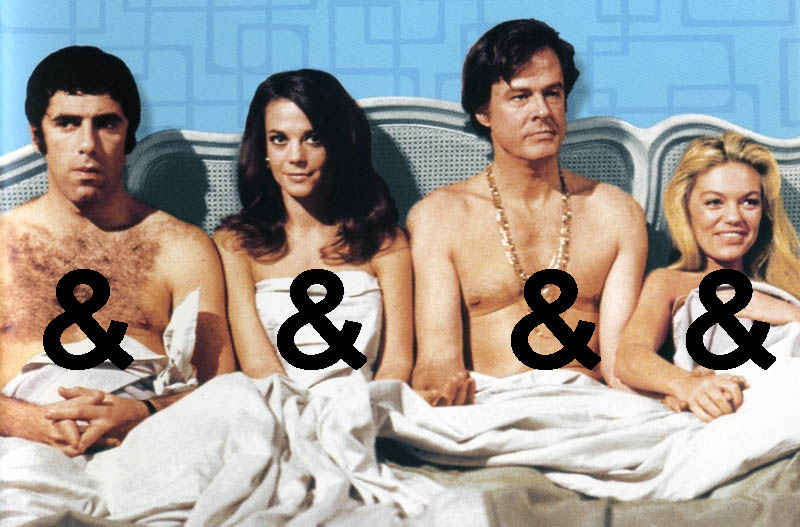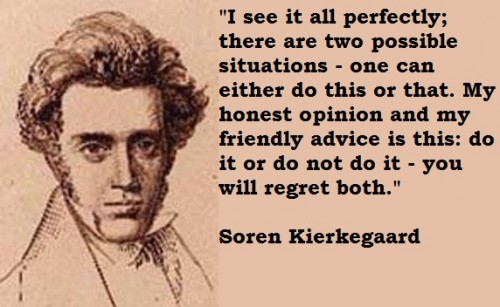No Tricks
Like many of us, I’ve read “On Writing” by Raymond Carver numerous times. It holds many useful ideas. There is a stage of our own creative writing. (I believe this phase usually arrives in the mid-20s, but possibly I am in error—perhaps it arrives after so many years of practicing the craft, not so much a writer’s age.) Either way, this stage involves reading copious interviews, craft books, and essays on writing, by writers. Apparently, as writers, were are seeking some golden ticket, some integral advice, etc. I believe most writers leave this period, and then, you know, write.
What is the most famous (or infamous) line from the Carver essay? No tricks.
“No tricks.” He says. “Period. I hate tricks.”
First, I like tricks. So what? Others have written the same. Second, Carver is wrong. He doesn’t hate tricks, he uses them. He especially employs tricks in the shorter form. Why? Because “tricks” are not tricks. Tricks are technique. Technique is important to the short story, very important to the sudden fiction, and absolutely essential to the flash fiction form. We flash writers have fewer words. We need artistry.
Let me show you Raymond Carver using some tricks. Read “Little Things” here.
OK, onward.
Chris Toll (b. 1830, d. 1886)
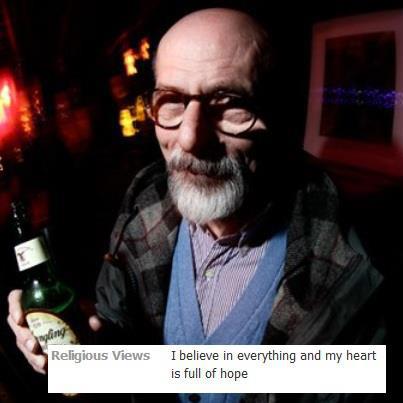 Chris Toll, author of several books including The Pilgrim’s Process, Love Everyone, Be Light, The Disinformation Phase and the soon-to-be released Life On Earth, died on Thursday of natural causes. It was unexpected and unbelievable and too soon.
Chris Toll, author of several books including The Pilgrim’s Process, Love Everyone, Be Light, The Disinformation Phase and the soon-to-be released Life On Earth, died on Thursday of natural causes. It was unexpected and unbelievable and too soon.
Chris was a poet and collage-maker. He lived in Baltimore, where he was an integral part of the literature scene. I invited people to send me their memories, which I’ve compiled here. Hopefully people will feel free to add more in the comments. READ MORE >
The Feminist Peep Show
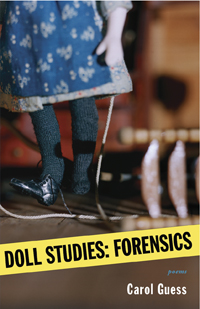 Doll Studies: Forensics
Doll Studies: Forensics
by Carol Guess
Black Lawrence Press, 2012.
84 pages / $14 Buy from Black Lawrence Press or SPD
At the National Gallery in London, there is a ‘peepshow’ that allows one to peer into a miniature 17th century Dutch household. Made by Samuel van Hoogstraten in the 17th century, and appropriately titled A Peepshow with Views of the Interior of a Dutch House, it is a small box that looks rather plain on the outside, but has been intricately painted inside to reveal a private domestic scene. There are two holes in opposite sides of the box, through which viewers are invited to take a peek. Though nothing out of the ordinary seems to be happening inside, the peepholes create a sense of the illicit; the viewer becomes a voyeur, examining the intimate space of strangers.
The surreal and smart prose poems in Carol Guess’s newest collection function in part as sensational Dutch peepshows, and in part as feminist meditations on the aesthetics of violence. Doll Studies: Forensics takes for its subject eighteen dioramas built by forensic pathologist Frances Glessner Lee. Based on real crime scenes, Lee’s dioramas were used as tools in the study of crime scene investigation during the 1940s and 50s. The majority of Lee’s dioramas depict scenes in which women are victims of domestic violence, so the dioramas are ripe with opportunity for feminist discourse.
October 1st, 2012 / 12:00 pm
Supportive Creative Environments and The Pop Art of Exclusion
Williamsburg Creatives Roundtable Showcase RAW AND UNCUT from Erik Stinson on Vimeo.
A rooftop near a new condo development was the perfect place to showcase some young creatives just settling into the perfect artistic mood of New York City in 2012. There were some questions. The deepness of creativity was tested. The problem of wealth and power was close to the surface. Love was in the air.
October 1st, 2012 / 11:04 am

